People ask me what can I do to help? The climate crisis is a big, overwhelming, and amorphous issue that is hard to get our hands around. Where can we possible start? Where can you or I make a contribution? Or should we just give up?
I’ve watched a lot of people become aware of the climate crisis, or try to change personal habits, and then after a few small actions, they just give up. They are overwhelmed or burned out.
In my last post I wrote about breaking the climate problem down into smaller problems that we can solve. But if you’re looking for where you can make a contribution, you have a couple of decisions to make. Here’s my strategic framework for making those decisions.
First, we must understand that the climate crisis is both a collective and and individual problem. I’ve said many times that recycling plastic bags won’t stop the icecaps from melting. But taking individual responsibility for those things you can control is a personal moral step. It may be the right thing for you to do to eat vegan or bike to work. But it is in the area of collective action we need to make our biggest changes. There are four areas where we can begin to think about our collective efforts.
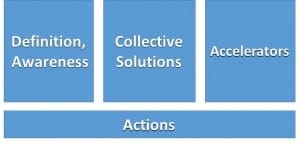
- Definition, Awareness, and Understanding.
Scientists first called our attention to the issue of global warming due to man-made fossil fuel pollution over thirty years ago. From this standpoint, the primary problem is pretty well defined. Scientists continue to study the problem and refine secondary interactions like methane release from a warming artic. There is a need for continued science, but the primary issue is settled. The earth is warming, we are the cause (primarily through the use of fossil fuels), it’s a serious problem, and we do need to do something about it or human life and our societies are likely to collapse. It’s damn scary even if we only encounter 50% of what is coming.
Many people who are new to the climate crisis tend to get engaged at this step. Let’s call this the “Al Gore box” after his book, An Inconvenient Truth. Since knowledge seems new to those who are recently aware, we have the tendency to believe that shouting our knowledge and alarm will convert others.
There is some evidence that this helps… a little. Only 1 in 5 Americans talks about the climate crisis. But talking about it without a discussion of the next boxes doesn’t really accomplish much. We are pushed into cognitive dissonance and our own tribe mentality when confronted with facts and fear. It may be more helpful to also talk about the second box.
- Collective Solutions
What good is understanding if there are no solutions to a problem? We’ve also been working on solutions almost as long as our primary understanding. For example, solar cells and wind turbines have been around for a long time. Let’s call this the “Paul Hawken box.”
Paul Hawken and a team of scientists and scholars have outlined the top 100 substantive solutions to global warming in their book Drawdown.
“For each solution, we describe its history, the carbon impact it provides, the relative cost and savings, the path to adoption, and how it works. The goal of the research that informs Drawdown is to determine if we can reverse the buildup of atmospheric carbon within thirty years. All solutions modeled are already in place, well understood, analyzed based on peer-reviewed science, and are expanding around the world.”
I highly recommend this book to all of you who want to make a contribution to solutions side of the climate crisis. We can all pick a solution or three and see what we can do to help make a change.
- Accelerators
Unfortunately, knowing the main problem and potential solutions is not enough. What is required to make these solutions a reality? It does no good to understand that renewable energy can replace fossil fuels if there is no way to actually implement a renewable energy solution. This requires accelerators… things that accelerate solutions so that they actually are implemented. For example: a) Policy, b) Finance, c) Behavior c) Education/Movement Building and d) Politics. Let’s call this the “AOC Green New Deal box.”
Often, it is these accelerators that block action to solutions. So if you believe that installing rooftop solar is good for your community, but there are zoning laws that make this difficult, maybe that is where you focus your action to make a collective impact. Or perhaps rooftop solar is an option, but financing is not available, and you focus on inclusive financing. These are multipliers and leverage points. For example, creation of good policy opens the floodgates to installing more rooftop solar
- Actions
Strategy without tactics is just wishful thinking. The question is how can we turn our accelerators or any of the previous top boxes into actions? This means commitment to actually doing work. It means showing up at the city council meeting or state government and lobbying for new policies that will make our communities livable. It means finding the financing for low income solutions as well. Call this the “Elon Musk box.”
It means picking your area of focus. What is your passion, what are your skills, and what does the world need? It means taking a risk and this requires some courage. It sounds simple. But finding an area that your are passionate and qualified for takes some time. It doesn’t have to be a huge project. But it requires finding your solution and your accelerator, then make a commitment to get to work and take action.
The problem of global warming is large and scary. It can seem overwhelming and lonely. No one is coming to save us. But we are in this together. We do this work because it is the right thing to do. It will require all of us. Together we can make the changes required to make a livable world. Thanks for your contribution, whatever box you choose.
‘We are all connected. Savor the Earth!’™
Hobie,
L. Hobart Stocking
SkyWaterEarth.com
hobart@skywaterearth.com
651-357-0110
Facebook: @SkyWaterEarthConnected
Twitter: @SkyWaterEarth

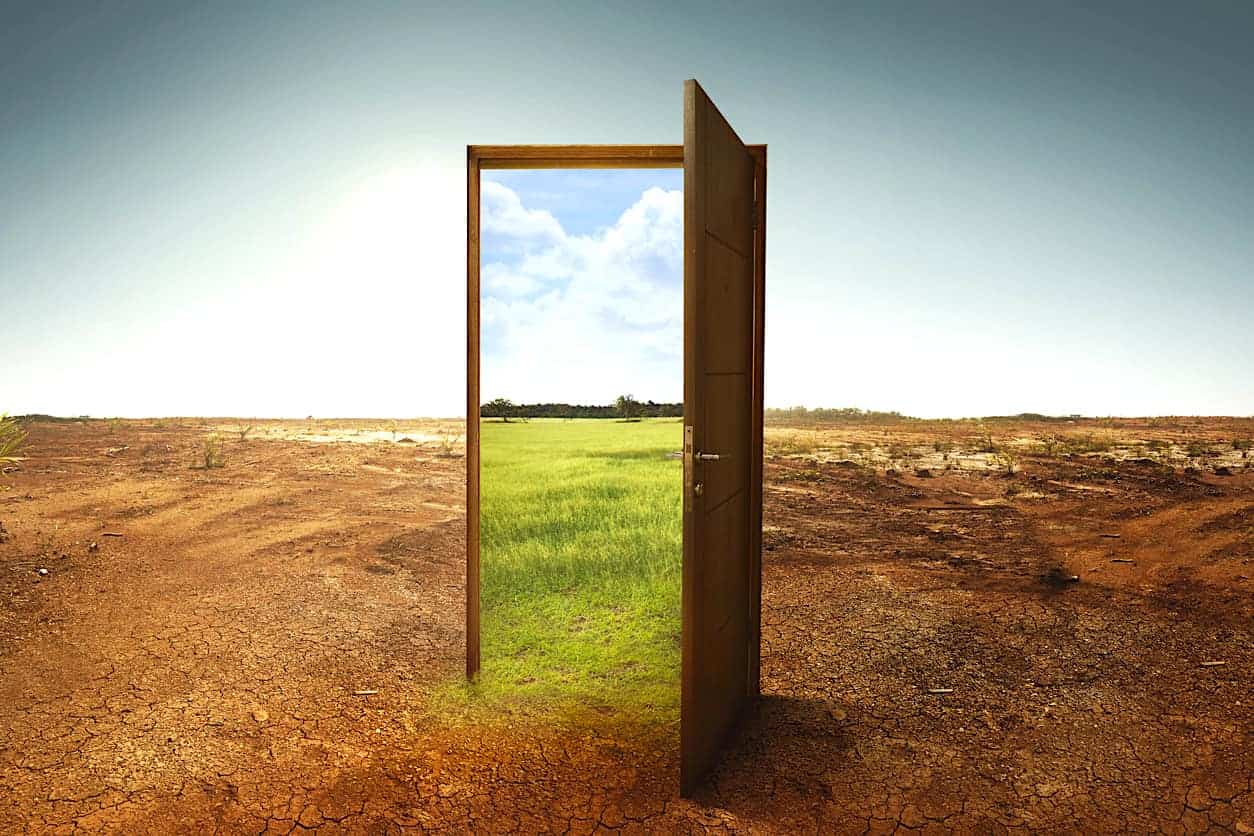
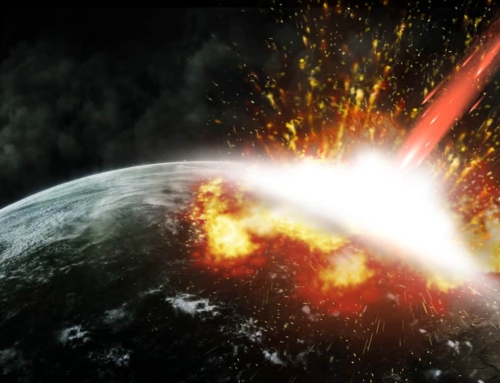
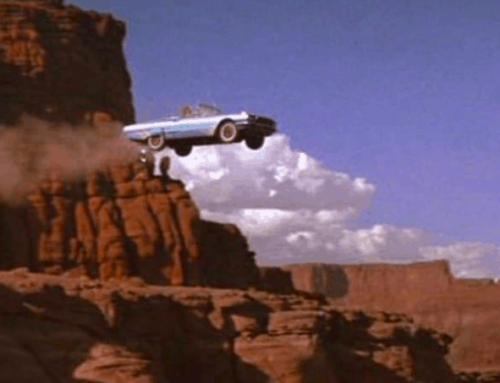
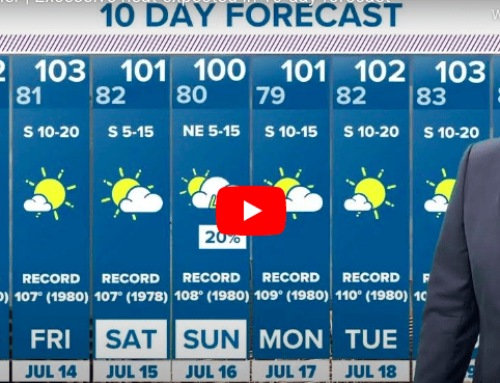
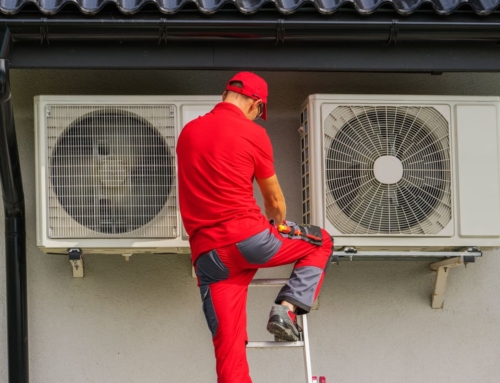
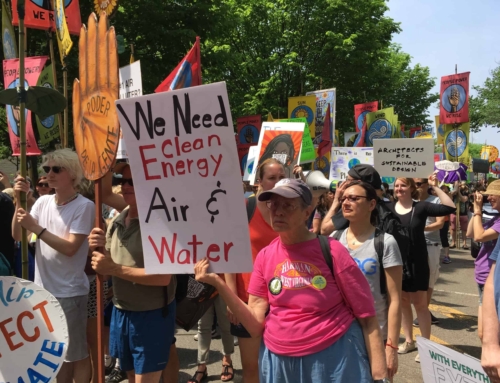
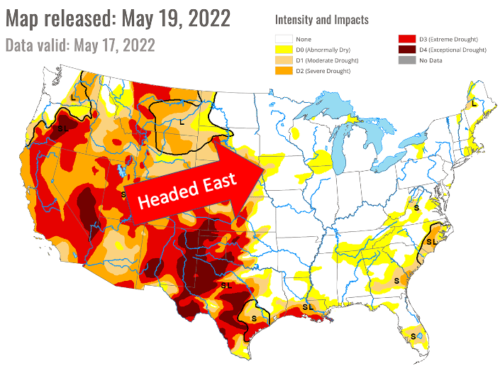
Leave A Comment